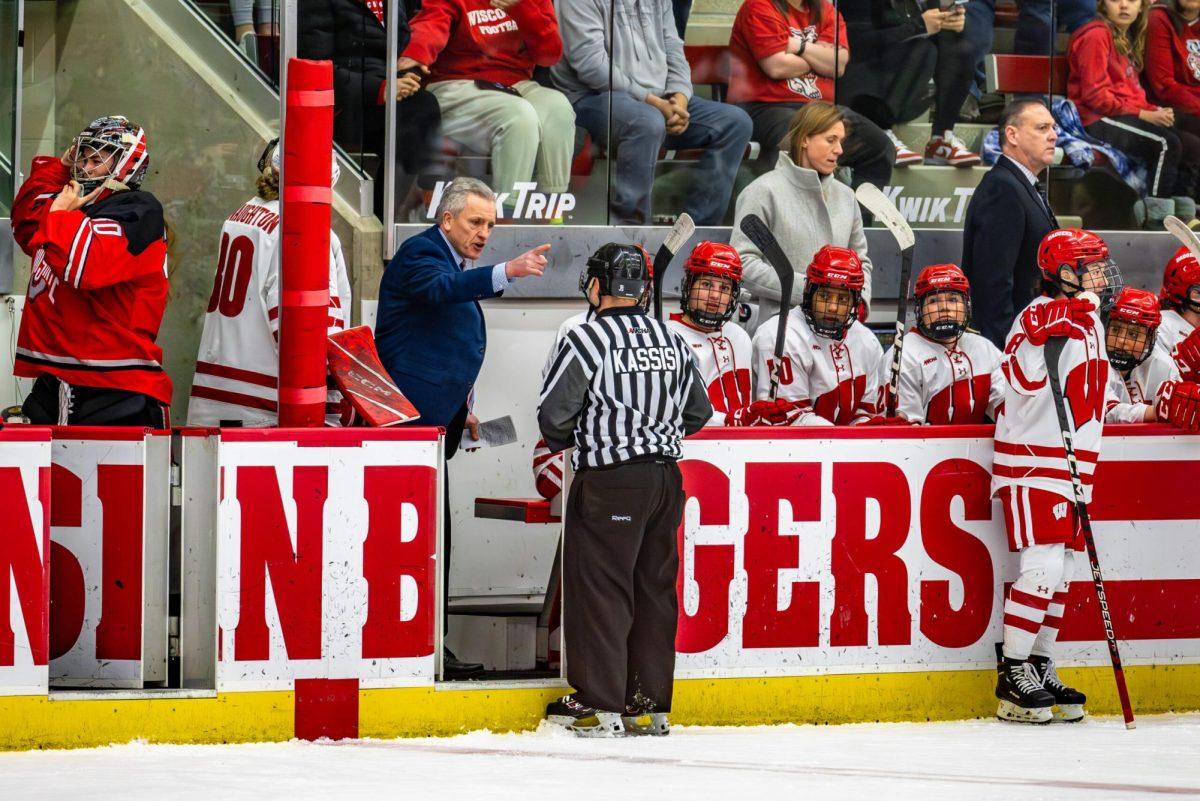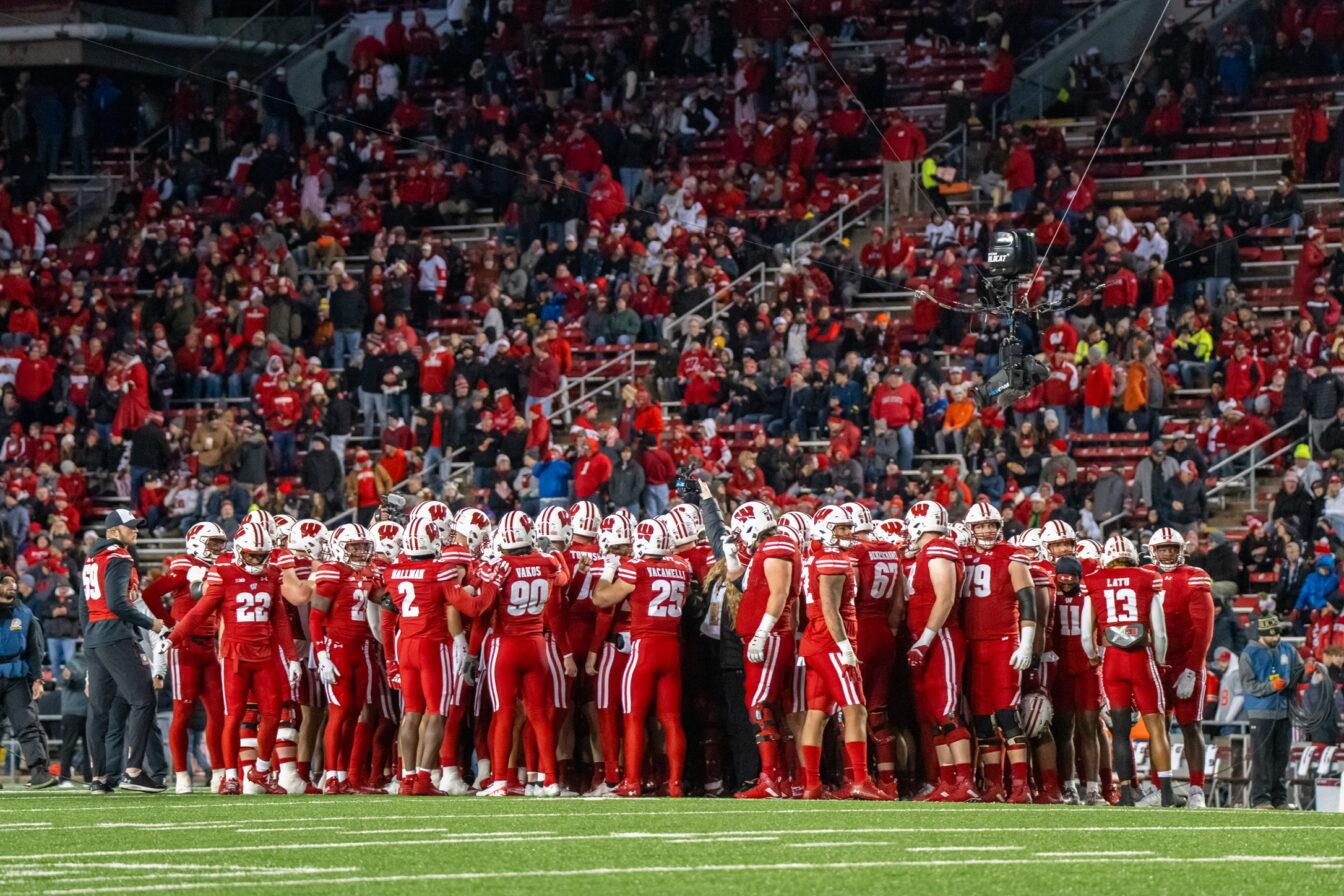It could be anyone’s game. What once used to be a conference of defined powerhouses, the Big Ten is now a conference where any team could stand up as a leader, regionally or nationally.
Last Saturday was a perfect example. A typically strong Wisconsin defense was shown up this past weekend by an equally strong Indiana offense, where the astonishing 31- point margin of victory showed how UW head coach Barry Alvarez’s defensive fortress could crumble with the right amount of pressure under just the right circumstances.
“We were very fortunate in Madison to get off to such a fast start,” Indiana head coach Cam Cameron said. “Some things really fell into place for us. It was nothing earth-shattering.”
Each Saturday game is now anyone’s bet, even if there are underdogs or outstanding records. In effect, any one of the Big Ten defenses could come up against an offense that was just unstoppable that day, or vise-versa.
The change can be attributed to recruiting. Where teams once were able to recruit a virtually unlimited variety of players from their areas who showed great talent, teams now are limited on the number of scholarships allowed, which limits their recruits.
“I think that the number-one reason [for the balance] is the number of recruits that are available versus the number of scholarships the each of the teams have,” Michigan State head coach Bobby Williams said. “There are more and more players to go around. With the scholarship limit that we have, schools aren’t able to get as many of the guys they have been in the past.”
The dynasties of old who were once able to make a team full of prime athletes that would go on to dominate the conference have now given way to a whole new breed of football teams and conferences.
“A lot has to do with the numbers of scholarships,” said Alvarez. “Years ago — if you lived in an area where you had a number of recruits in your state [you] — could really hoard guys and put other schools at a disadvantage. Now it comes down to knowing the system and coaches doing a really great job of evaluating talent that will fit into that system.”
Not only are teams limited in their recruiting ability, but also the goals and preferences of the teams are different from those of former years. These goals are greatly unique within each coaching staff.
As teams diversify and offenses and defenses continue to vary in techniques, the Big Ten teams are forced to meet these differences from one week to the next. Coaching staffs now have to put players onto the field capable of handling whatever offense or defense is thrown at them and to be confident that their line-up has the qualities and experience to execute against any and all opponents.
Spreading out:
The spread offense is one such obstacle that teams must now be able to handle. The formation requires the defense to be able to press the quarterback and play man defense while somehow containing the running game or to force a short offensive game by putting pressure on the quarterback and his receivers. While some teams, including Northwestern, Michigan State, Purdue and Wisconsin run this offense, other teams call for a whole different defensive strategy.













